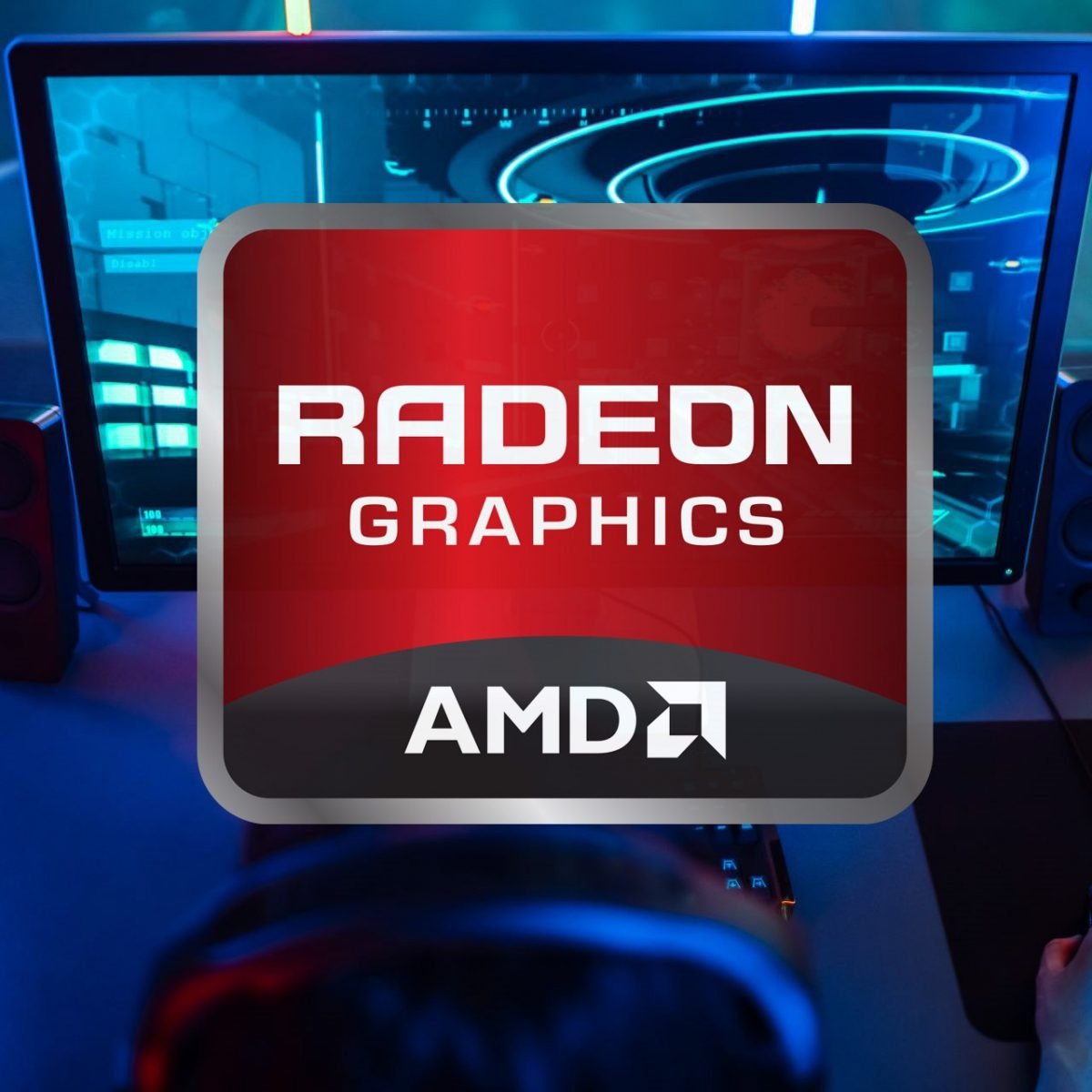

- #AMD SATA CONTROLLER DRIVER UPDATE STUCK INSTALL#
- #AMD SATA CONTROLLER DRIVER UPDATE STUCK DRIVERS#
- #AMD SATA CONTROLLER DRIVER UPDATE STUCK FULL#
- #AMD SATA CONTROLLER DRIVER UPDATE STUCK PRO#
- #AMD SATA CONTROLLER DRIVER UPDATE STUCK SOFTWARE#
I did not try any previous BIOS revisions so it is possible an older one works but I cannot speak to any other revision and recommend updated to the latest. My BIOS is revision 3.88 and the revision must be one of the newer versions although I am not sure exactly what BIOS revision added this feature. Second, the drive must be formatted GPT and configured for UEFI boot.īIOS revision should support UEFI version 2.3.1. Samsung SM951 (NVMe version) - NOT Bootable on zx20 machines
#AMD SATA CONTROLLER DRIVER UPDATE STUCK PRO#
I do not think Intel still sells the 750 series new either so the 950 pro was the only option I perceive to be currently viable if you are interested in purchasing a new drive to boot NVME. Here are the models with the BIOS OPROMS that should boot, I know the 950 pro works and others have had success with Intel's 750 series as they have legacy OPROMS as well.
#AMD SATA CONTROLLER DRIVER UPDATE STUCK FULL#
But I think I'm more comfortable with controllers that meet the full AHCI standard and do RAID as well, so. Now that I resolved a problem of driver conflicts on my server, I have the choice to continue using the onboard NVidia controller together with a PCI-E SATA-III controller I just put in the box, or I can kill nForce altogether. UPDATE: Also, I took note of your testament to nForce SATA motherboard controllers.
#AMD SATA CONTROLLER DRIVER UPDATE STUCK SOFTWARE#
So it seems needless that they design the software for "AHCI" only.
#AMD SATA CONTROLLER DRIVER UPDATE STUCK INSTALL#
I'd actually be more inclined to use "RAID-mode" with an Intel SATA controller with single drives in this way, because at some time, I might want to install some simple RAID configuration for HDDs. Since I didn't need a "magician" to maintain my caching SSD under that setup, I'm likely to ignore any inability to use "Magician." I was within a day or two of replacing my "Smart Response" ISRT with a single Samsung 840 Pro. TRIM works for single drives in RAID-mode BIOS setups. In my system, disabling and unhinging the HDD from an ISRT arrangement apparently just flips that switch, but it seems possible to leave the drive in something like a state of "in-between." And apparently the same version of the Win 7 OS is able to fix it on a different computer.Ĭlick to expand.Interesting, and I almost forgot about that: "Magician" needs AHCI to work. But just looking at the registry-editing requirements (not much), these drives behave like they have a simple logical three-way switch, so they can be set to work in IDE-mode or IDE/SATA, AHCI and RAID. How much information - or even whether "information" continues to describe the drive's state - contained on the drive itself - I don't rightly know. I concluded that the drive was "physically damaged," and I'd have to go through all the warranty-RMA hoops. Do you want Windows to correct the drive?" etc.įor several hours before the "correction," I struggled to do several things - including a complete reinstall of Windows, and a cloning of an operable HDD with windows on it.

I then went to Disks and Storage" or "Disk Management" under "Computer Management." Somehow, Windows informed me that "a process was not completed, and the drive cannot be read or accessed until it can be changed from 'RAID' configuration to that of a 'non-RAID' disk. And the way I did it: I put it in a hot-swap caddy and shoved it into another Win 7 desktop workstation.


I was able to "repair" and correct my disk - a 600GB WD Veloci-Raptor. It will be recognized in BIOS, but likely unrecognized by Windows. If this is interrupted before completion, the drive won't boot. In the ISRT configuration, unhinging the SSD from the HDD also involves taking the HDD from a "RAID" setting in the "RAID Mode" to a "non-RAID" setting in a RAID-mode BIOS configuration. Just from the week's experiences I've had, I gleaned the following, but I could be corrected - and encourage members' corrective remarks here. However, the SSD, which is attached to the SATA interface, only shows up in IDE mode. It also sees an IDE controller for the optical drive. I took a screenshot which hopefully describes the issue better.Īs you can see, Windows absolutely does see an AHCI controller. I'm wondering if this is causing problems with the OS seeing the disk as an IDE device. The chipset is "dual interface", so it has a SATA interface (for the hard disk) and an IDE/ATAPI interface (for the optical drive). Windows recognizes the controller itself as an AHCI controller.
#AMD SATA CONTROLLER DRIVER UPDATE STUCK DRIVERS#
As stated earlier, the AHCI drivers install fine, which I've tried both during and after installation. Now there is a setting in the BIOS called "SATA Native Mode" which is set to enable. While I have no issues with installing the hardware drivers for the SATA chipset, I cannot get either Windows XP or 7 to recognize the disk itself as a SATA/AHCI/SCSI device. I just recently purchased a brand-new Intel 530 series SSD to go in a laptop. This is driving me nuts, so hopefully you guys can help me.


 0 kommentar(er)
0 kommentar(er)
